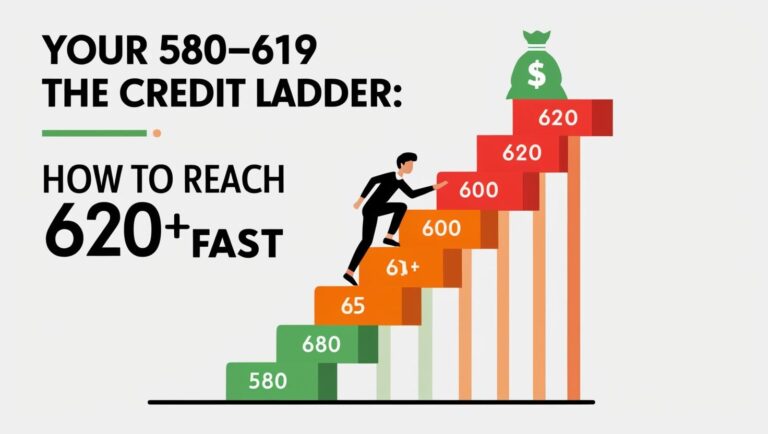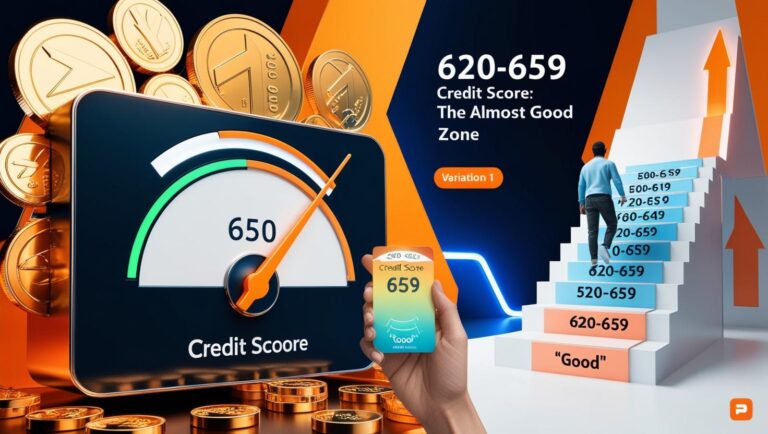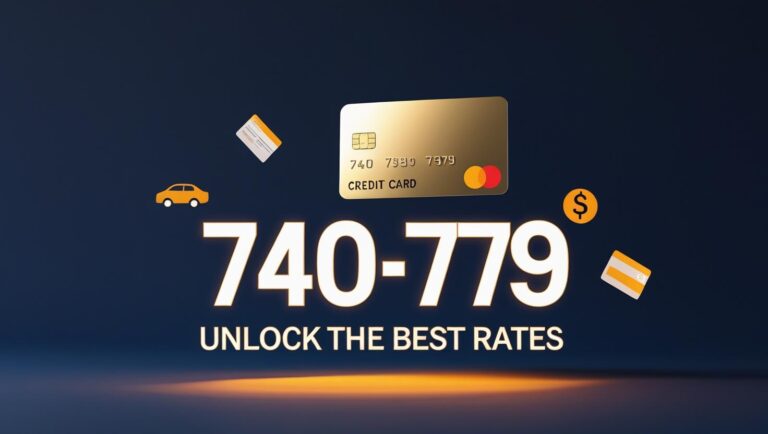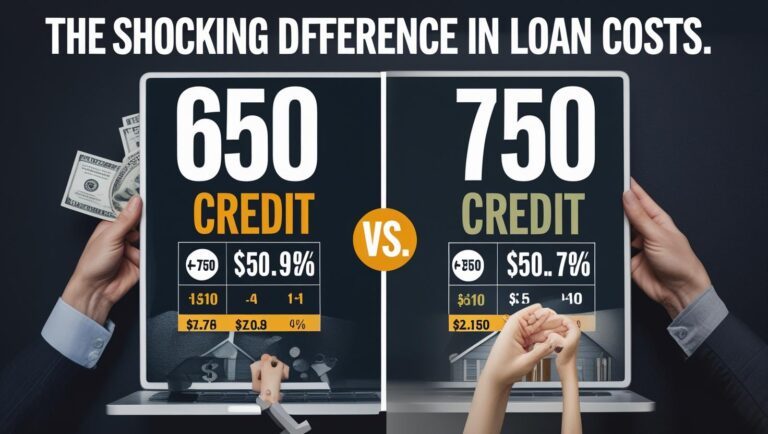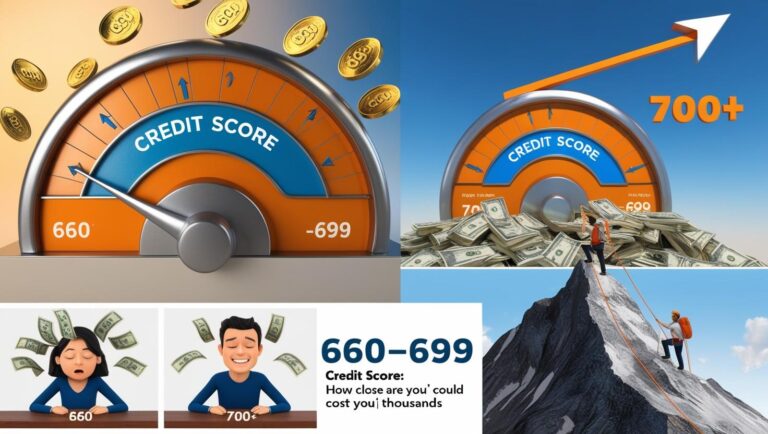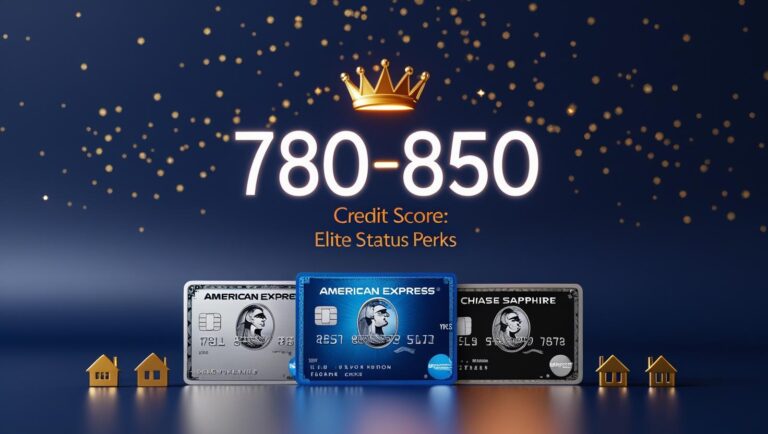What Your Credit Score Really Means—And How to Improve It
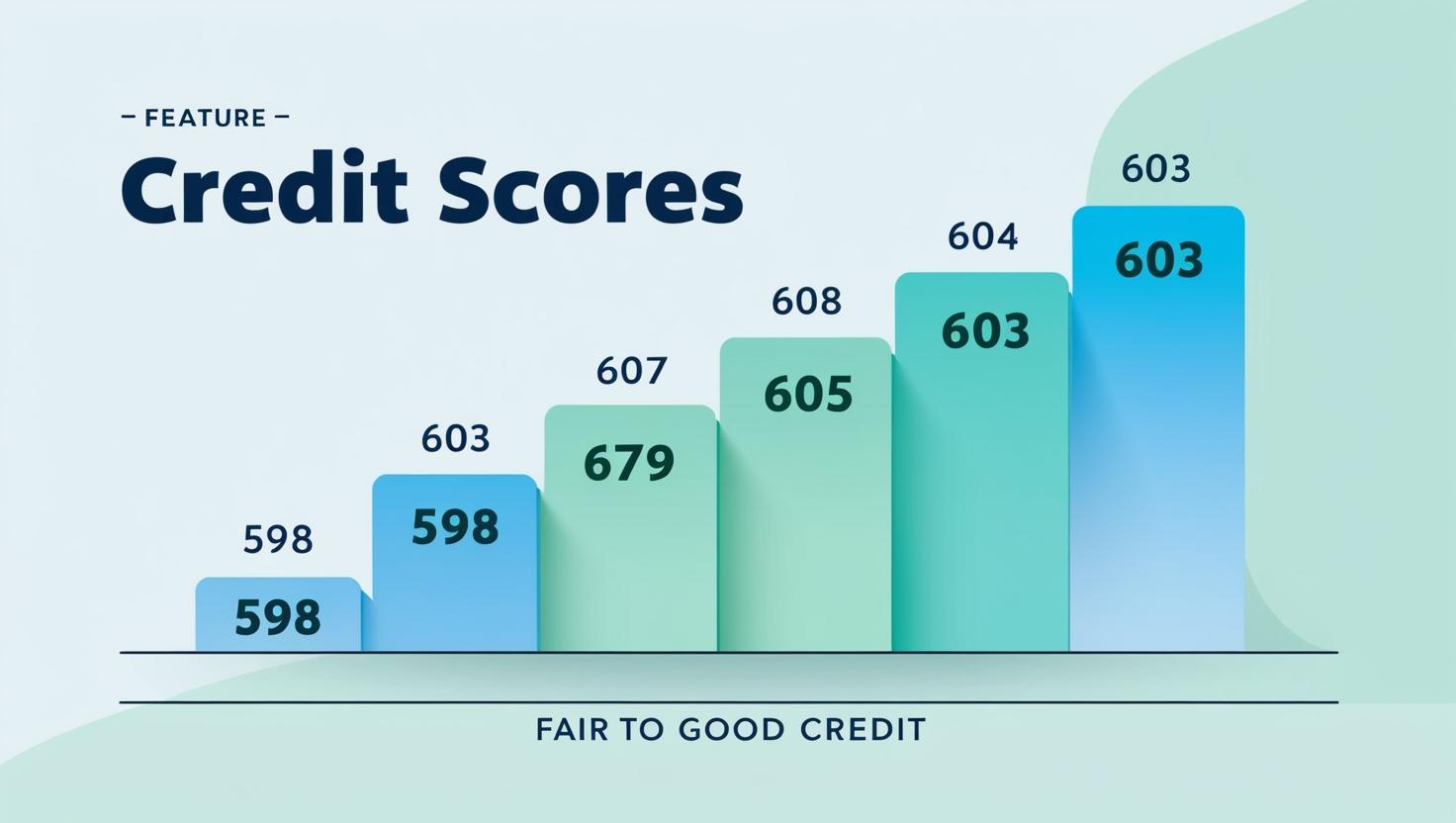
Your Credit Score: A Complete Guide
Your credit score is your financial fingerprint. This 3-digit number (300-850) affects loan approvals, interest rates, and much more.
Credit Score Ranges: How Lenders See You
| Score Range | Rating | Approval Odds | Real-World Impact |
|---|---|---|---|
| 300-579 | Poor | Low | Secured cards only; high denial risk |
| 580-669 | Fair | Moderate | Subprime loans (18%+ APR) |
| 670-739 | Good | High | Best balance transfer cards |
| 740-799 | Very Good | Very High | Lowest mortgage rates |
| 800-850 | Excellent | Highest | Premium rewards cards (Amex Platinum) |
How to Improve Your Credit Score Fast
Payment History (35%)
Just one 30-day late payment can drop a 780 score by 90-110 points.
Credit Utilization (30%)
Using over 30% of your limit hurts scores. Under 10% is ideal.
Credit Age (15%)
Keeping old accounts open can add 50+ points vs. closing them.
Check Your FICO® Score Free →(No credit card required)
How Much Can a Better Credit Score Save You?
Your credit score directly impacts the interest rates you qualify for on loans and credit cards. Even a 50-100 point improvement can save you thousands over time. This calculator shows exactly how much you could save by improving your score.
Mortgage Rates
A 750 score typically gets rates 1.5% lower than a 650 score
Auto Loans
Excellent credit (750+) can save $3,000+ on a $25,000 loan
Credit Cards
APRs can vary by 15%+ between poor and excellent credit
Credit FAQs
Is 700 a good credit score?
Yes! A 700 score is “Good”—you’ll qualify for most credit cards and auto loans at average rates. For the best mortgage rates, aim for 740+.
How fast can I improve my score?
You can see improvements in 30-60 days by lowering credit utilization and disputing errors. Significant jumps (100+ points) typically take 6-12 months of consistent effort.
Ready to Improve Your Credit?
Disputing TUIC errors is step one. Step two? Boost your score by reporting utility payments with CreditScoreIQ.
Get Started Now (Only $1 Trial) →3-bureau reporting • $1M identity insurance • Dark web monitoring

